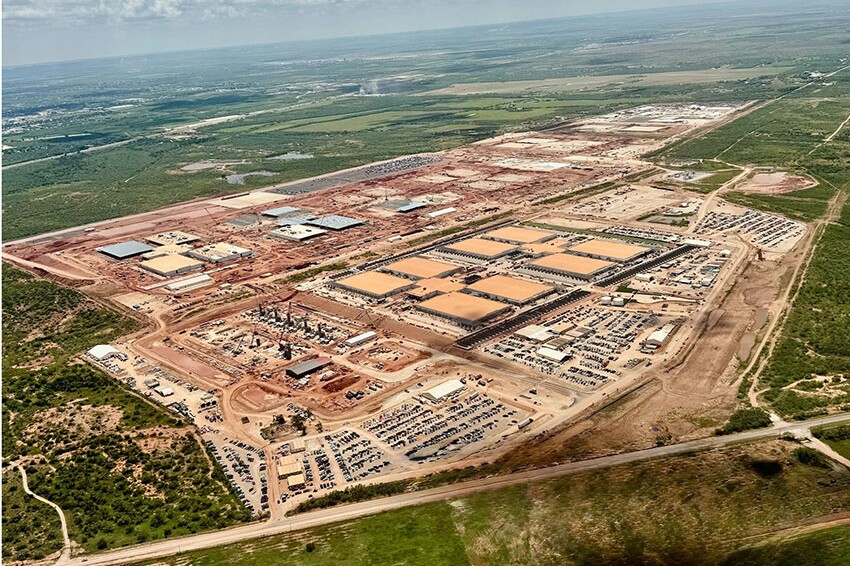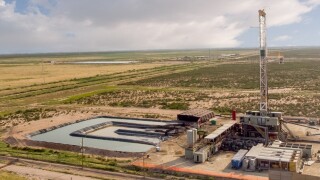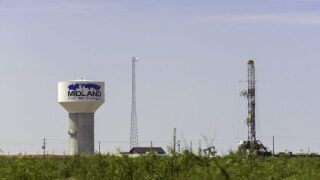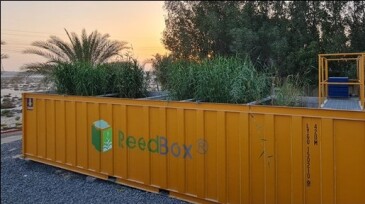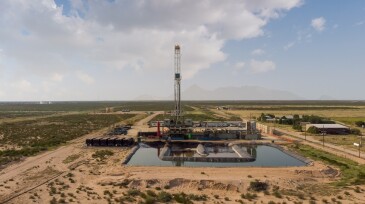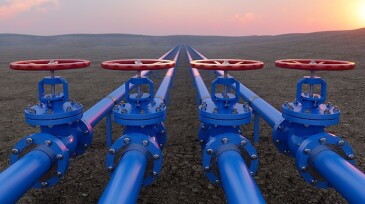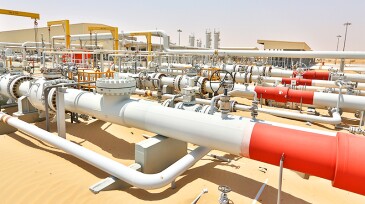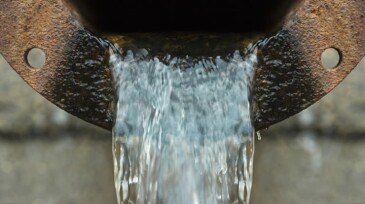Water management
The technology to desalinate and reuse produced water for cooling AI data centers in the Permian Basin exists, but addressing cost challenges remains critical to widespread adoption.
The justices ruled that the company holding the oil and gas lease also lays claim to the produced water. The ruling comes as more companies are seeking to turn a profit on what has long been considered a vexing waste stream.
The Texas Railroad Commission has tightened its guidelines on the permitting of disposal wells in the Permian Basin.
-
Industrialization typically carries the blame for causing the water crisis across the continents, but it also creates and shepherds the innovation and introduction of a plethora of technologies and tools that enable intelligent use of water, intuitive approaches to conserve it, and implementable practices that preserve the watershed and prolong the life of aquifers.
-
Nature-based solutions, such as constructed wetlands, have gained increasing interest over the past decade as a sustainable option for wastewater treatment in the domestic, industrial, and oil and gas sectors, with a growing number of examples now existing throughout the UAE, Oman, and other oil-producing regions.
-
Permian Basin oil wells produce a lot of water. Much of it is injected into disposal zones above and below the basin’s primary oil- and gas-producing zone. When water is injected into these disposal zones, the pressure increases, mainly because no fluid is concurrently removed. Is this increase in pressure a concern? The data would suggest yes.
-
Produced water is a brew of salt, chemicals, and minerals that oil companies have always had to deal with. Landowners had no problem with that arrangement until they could see ways to make some money from it.
-
Diamondback Energy has agreed to spin off its water operations. Now, who’s next?
-
This paper presents a family of machine-learning-based reduced-order models trained on rigorous first-principle thermodynamic simulation results to extract physicochemical properties.
-
The Court of Appeals for the Eighth District of Texas ruled that the mineral lessee under an oil and gas lease owns the water extracted, not the surface property owner.
-
Sustaining two of the UAE’s biggest onshore fields will require hundreds of kilometers of new pipelines that are to be powered using 100% renewable energy.
-
Select Water Solutions will focus on water management and added assets in the Permian Basin.
-
The recent Permian Basin earthquakes in Texas are keeping producers, regulators, and service providers busy in their quest to reduce the intensity and frequency of the induced seismic events.

